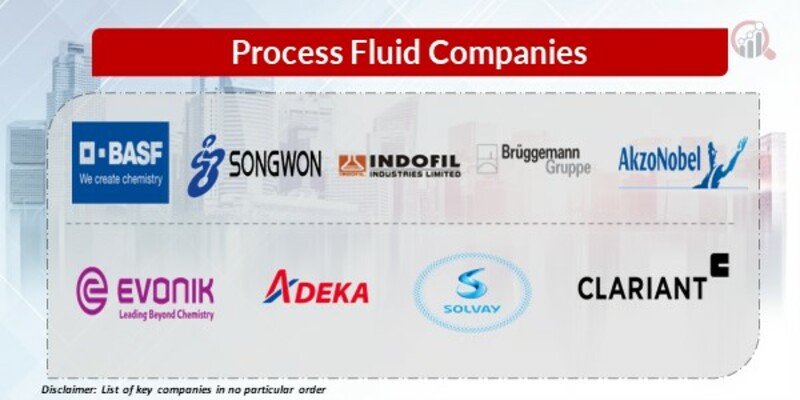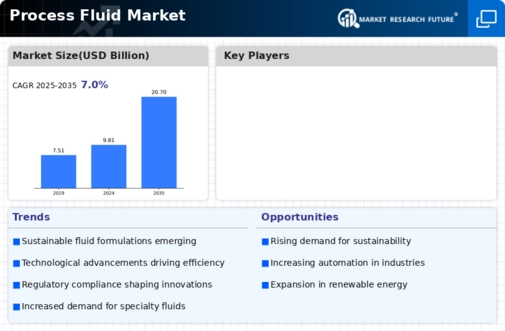Top Industry Leaders in the Process Fluid Market
 The process fluid market, a lifeblood for various industries like chemical, oil & gas, and power generation, pulsates with constant innovation and fierce competition. Understanding this dynamic landscape is crucial for stakeholders to stay afloat and seize lucrative opportunities. So, grab your life jacket, and let's dive into the swirling waters of market strategies, key players, and recent developments.
The process fluid market, a lifeblood for various industries like chemical, oil & gas, and power generation, pulsates with constant innovation and fierce competition. Understanding this dynamic landscape is crucial for stakeholders to stay afloat and seize lucrative opportunities. So, grab your life jacket, and let's dive into the swirling waters of market strategies, key players, and recent developments.
Strategies Afoot: Charting the Course to Market Dominance
Market leaders in this space deploy a diverse arsenal of strategies to capture and retain their share. Product differentiation stands as a key weapon, with companies constantly refining existing fluids and concocting novel formulations, often tailored to specific industry needs. For instance, Dow Chemical's recent launch of low-VOC heat transfer fluids caters to the growing demand for sustainable solutions in the petrochemical sector.
Geographical expansion is another common tactic. BASF, a major player, recently acquired businesses in China and India, solidifying its presence in high-growth markets. Mergers and acquisitions also play a part, as exemplified by Solvay's recent absorption of Chemlogics, strengthening its foothold in the industrial fluids segment.
Beyond these traditional maneuvers, digitalization is emerging as a game-changer. Companies are increasingly leveraging data analytics and smart sensors to optimize fluid performance, predict maintenance needs, and even develop predictive models for fluid behavior. ExxonMobil's partnership with GE to develop AI-powered fluid management tools is a case in point.
Factors Dictating Market Share: The Currents that Sway the Boat
Market share in the process fluid domain is governed by a complex interplay of factors. Technological prowess reigns supreme, with companies constantly vying to develop fluids with superior heat transfer properties, corrosion resistance, and environmental friendliness. Regulatory compliance, particularly around safety and emissions, also holds significant weight. Companies like AkzoNobel have gained ground by ensuring their fluids meet stringent environmental standards.
Price competitiveness remains a crucial factor, especially in cost-sensitive sectors like refining and power generation. However, a race to the bottom can be detrimental, as sacrificing quality to undercut rivals can lead to costly equipment failures and environmental repercussions. Therefore, many players are focusing on offering value-added services like fluid analysis, customized solutions, and on-site technical support, commanding premium prices through expertise and reliability.
Key Players:
- Eastman Chemical Company
- Process Oil Inc.
- Renkert Oil, LLC
- LUKOIL Lubricants Company
- Panama Petrochem Ltd.
- Eastern Petroleum Private Limited
- HollyFrontier Refining & Marketing LLC
- Nynas AB
- Pentagon Lubricants
Recent Developments:
-
November 2023: Clariant announced the expansion of its production capacity for high-performance glycol-based heat transfer fluids in response to surging demand from the data center industry. -
December 2023: ExxonMobil and Shell partnered with a leading renewable energy company to develop and commercialize heat transfer fluids specifically designed for concentrated solar power plants. -
January 2024: The European Union proposed stricter regulations on the use of certain fluorinated fluids due to their environmental impact, prompting manufacturers to explore alternative chemistries.









